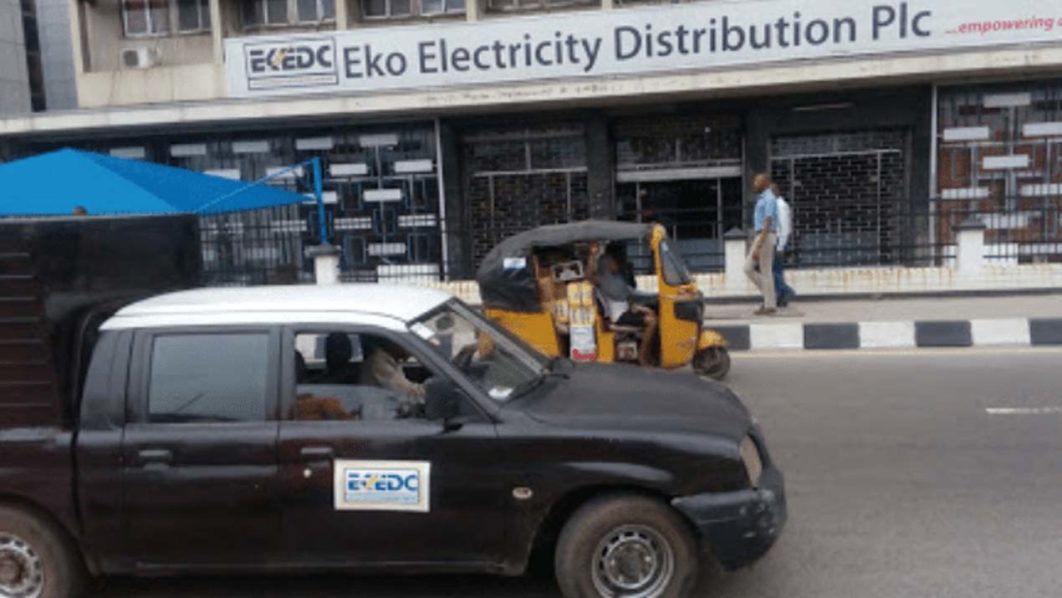Only last week, a Senator, Ms. Stella Odua called for a reliable metering system that will help determine the exact volume of all oil output and sales in the country, saying time has gone for the era of no knowledge of what Nigeria truly produces in the oil and gas sector.
Still last week, the Minister of State for Petroleum, Dr. Ibe Kachukwu disclosed that Nigeria is now seating on a daily oil production of 2.3mbpd, a figure contrary to what he revealed two weeks ago.
Just as analysts are still confused on the magic that shut up production from 1,8mbpd in June to the present claims of the minister, the Organisation of Petroleum Exporting Countries (OPEC), has just revealed that Exploration and Production (E&P) activities, which determine reserves and volume addition, have fallen significantly, as only nine active rigs operated in Nigeria last year.
OPEC argued that Nigeria’s active rigs dropped from the 29 in 2015 to nine in 2016, but had earlier recorded 59 active rigs in 2013, and 46 in 2014.The development, which was buoyed by militancy activities in the oil-rich Niger Delta, saw Nigeria’s crude production down to about 800,000 barrels daily by mid-year 2016. Given its dependence on oil revenue, which accounts for over 90 percent of its foreign exchange earnings, the Nigerian Government was forced to open negotiations with stakeholder groups in the Niger Delta, to scale up production in order to meet campaign promises.
Drastic fall in revenues due to production cutback and lower oil prices at the international market experienced last year are the major reasons Nigeria is funding a significant part of its 2017 budget on external borrowings.
However, OPEC’s claims on figures may have been accredited by the National Bureau of Statistics (NBS), which reported decline in the number of exploratory wells from the 23 in 2013 to just eight at the end of 2016.
It said further that the number of well development also fell from 117 in 2013 to 45 in 2016, and drilled wells from 156 to 130 during the period.
Selected statistics from 2012 to 2016 revealed that Nigeria produced about 656.805 million barrels of crude oil in 2016 against a little over 777.492 million in 2015, with about 771.445 million barrels exported in 2015 against over 773.833 million in 2014, with reserves put at 37.452 million barrels in 2016.
NBS was further of the view that a total of 2,711,803.10mscf of gas was produced in 2016 against 3,003,179,000mscf in 2015, while 2,404,095,858.60mscf of gas was utilised in 2016 against 2,672,247,000.00mscf a year before, and Gas flared was 330,933,000.00mscf as in 2015.
Besides, the Nigeria Offshore Market Report for 2016 to 2020 expects the country’s demand to be relatively flat towards 2018, while demand from Bonga-Southwest-Aporo in 2019/2020 will somewhat increase in the very end of the period.
NBS further identified the four largest drilling contractors in 2014 and 2015 in Nigeria to include Transocean, Shelf Drilling, Pacific Drilling and Seadrill. The report added that producing fields are estimated to account for half of Nigeria’s offshore market from 2016-2019, with the largest being Agbami-Ekoli, Bonga, Usan, Akpo and Erha (ExxonMobil).









